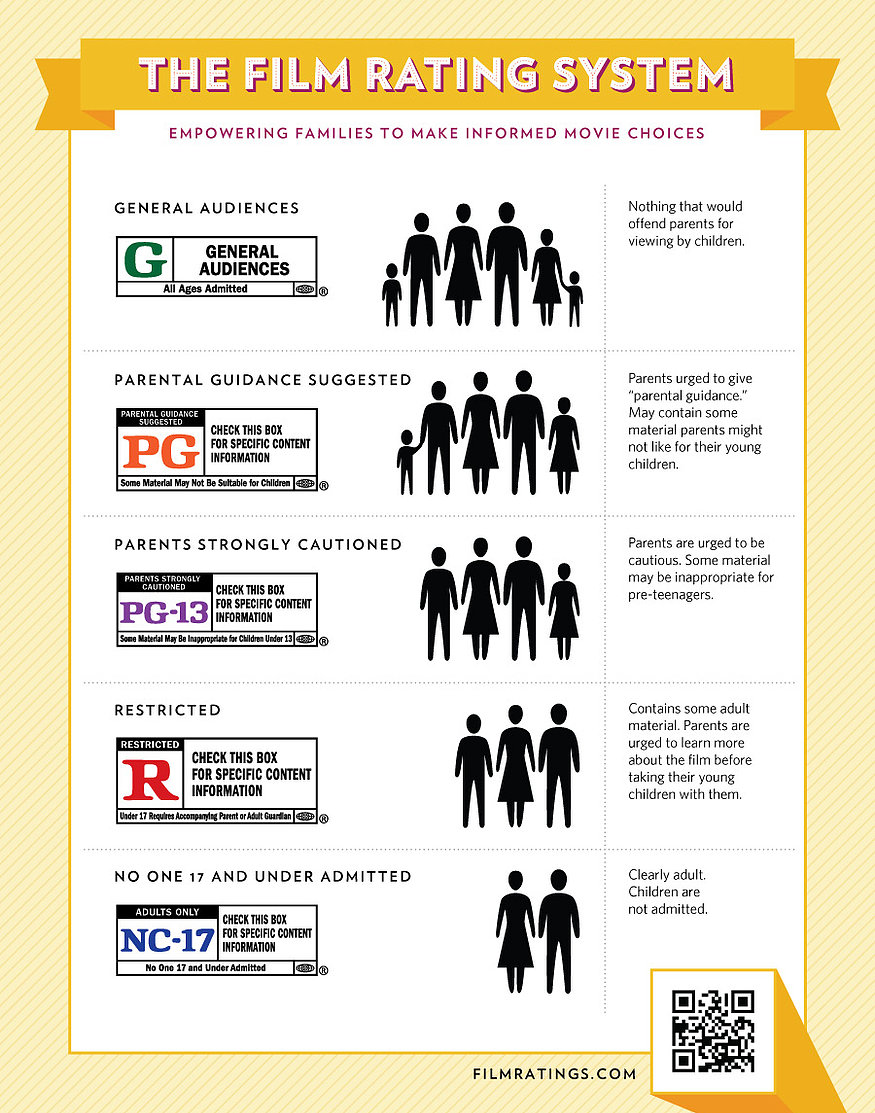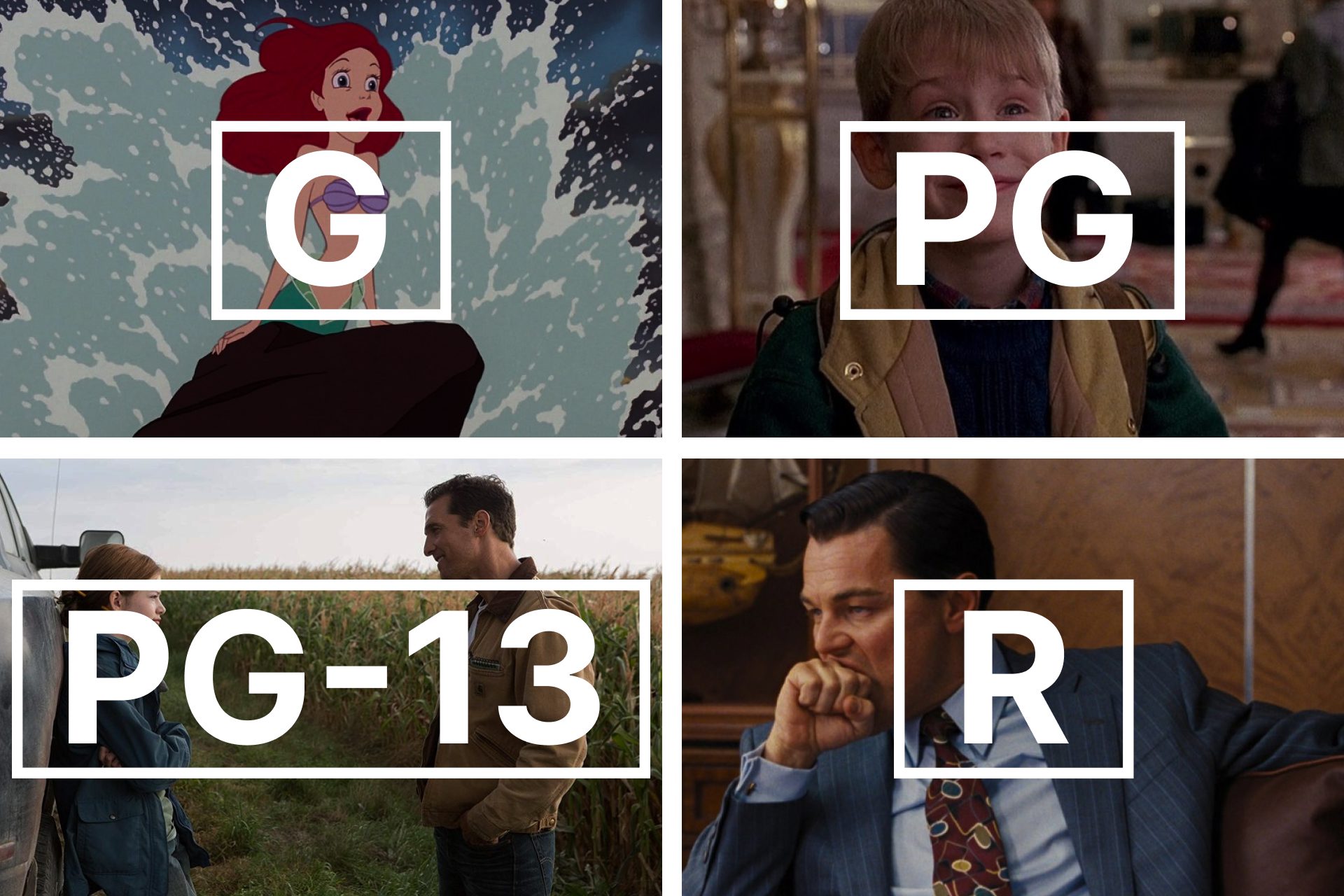

Film Ratings How film classification boards are responding to an industry in flux
Yo, let’s talk about movie ratings, fam! You ever wondered why some flicks are rated the way they are? Or where these ratings even came from? It’s a journey through film history that not only affects what we watch but also makes a statement about society as a whole. Get comfy as we dig into the details, peel back those layers, and get the lowdown on how these ratings shape the movies we love and the ones we avoid.
The History of Movie Ratings

Back in the day, movies didn’t have ratings. If you wanted to see a film, you just went and saw it. Simple, right? But with the rise of cinema and the explosion of film content, it became clear that some guidance was needed. Parents wanted to ensure their kiddos weren’t exposed to inappropriate content, so the industry started to take notice.
In the United States, the first major attempt to regulate film content came with the Motion Picture Production Code, also known as the Hays Code, in the 1930s. This code tried to maintain morality in films, dictating what could pass and what couldn’t. It stayed around for a hot minute but faced serious fallout in the ’60s as filmmakers pushed against its constraints. We began to see the birth of ratings systems as a way to inform viewers about content while still leaving artistic expression intact.
Breaking Down the Ratings

Fast forward to today, and we’ve got a whole system of ratings that might feel like a maze at times. The Motion Picture Association (MPA) rates movies and assigns a label based on content. These ratings, like G, PG, PG-13, R, and NC-17, tell you what to expect. It’s all about giving viewers, especially parents, the info they need to make viewing choices.
Let’s break this down further:
- G (General Audience): All ages can enjoy this content. No cursing, violence, or anything that would make parents raise an eyebrow.
- PG (Parental Guidance): Some material may not be suitable for young kids. Parents are advised to check it out first.
- PG-13: Parents are strongly cautioned that some material may be inappropriate for children under 13. It’s a mixed bag of content, so watch out!
- R (Restricted): These films have adult content, and anyone under 17 needs a parent or guardian to tag along. We’re talking about more intense drama, violence, or adult themes.
- NC-17 (No One 17 and Under Admitted): This is strictly for adults, so you know it’s gonna be raw and real — definitely not for the faint of heart!
The Impact of Ratings on Filmmaking
The presence of ratings has a huge impact on the filmmaking process itself. Directors and producers are mindful about how to craft their stories within the confines of the ratings system. This means that some dope films might not even see the light of day or get watered down because they want to appeal to a broader audience. It’s a double-edged sword — you want to tell your story authentically, but you also need to make it accessible.
Look at it this way: hitting that PG-13 mark can potentially boost box office success. Filmmakers often consider this while writing because more viewership means more profit. So, they might dance around certain elements to keep that rating intact.
What Film Ratings Mean to Us
Film ratings exist for a reason; they serve as informational tools. They help guide our choices and encourage healthy discussions about what we consume. They let us decide if a film aligns with our values or if it’s appropriate for our families. It’s all about being informed and choosing wisely.
Moreover, the conversation around movie ratings often dives deeper into societal issues. What we consider “appropriate” changes over time, reflecting our evolving culture and values. For instance, a movie rated R back in the day might have been deemed offensive or unacceptable due to different societal standards, but now it’s celebrated as a classic. Film ratings can spark debate about morality, representation, and audience sensitivity.
The Future of Movie Ratings
As we move further into the digital age, film ratings are likely to evolve. Streaming platforms run by new rules, often employing their own rating systems or none at all. This can blur the lines for audiences, particularly younger viewers. It raises questions about how we’ll navigate content oversight in an era where access to movies is just a click away.
With this change comes a call for balance: how do we maintain artistic freedom while ensuring safety and comfort for audiences? It’s no small task, and some folks advocate for more transparency regarding what goes into these ratings. What if movie ratings included clearer content descriptions so folks really knew what they were getting into? That could empower viewers and enhance the whole experience.
Wrapping It Up
When we look at movie ratings, it’s easy to take them for granted. They alter how we experience film and shape our culture in ways we might not notice right away. From their roots in production codes to their significance nowadays, movie ratings have a historical context that deserves to be understood.
So, next time you’re about to hit play on that new blockbuster or indie flick, pause for a second. Think about the rating, what it means, and how it aligns with you and your crew. Keep it real, stay informed, and enjoy the movie-watching journey — after all, there’s a whole lot of stories out there waiting for you!
This HTML format post dives into the history, impact, and significance of movie ratings, emphasizing their evolution and societal implications while engaging with readers in a relatable, conversational style.







